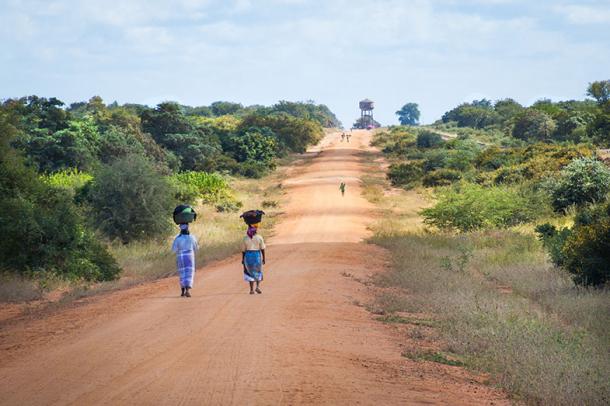It is in line with both (i) the French Development Agency's Building Regional Resilience through Strengthened Meteorological, Hydrological and Climate Services in the Indian Ocean Commission (IOC) Countries and (ii) the WB Disaster Risk Management and Resilience Program (active in Mozambique, in preparation in IOC Member States).
This will involve strengthening multi-hazard and impact-based early warning systems through: (i) improving the regional cooperation frameworks for forecasting of climate and weather, including seasonal and subseasonal outlooks, tropical cyclones, storm surges, other severe weather events, flooding and climate extremes; and (ii) supporting dissemination, emergency planning and response capacities in each of the beneficiary countries. As such, the project will support and guide investments to strengthen in parallel climate adaptation, prevention as well as emergency preparedness and response.
Key Deliverables
- the 3 CREWS implementing partners (WMO, WB and UNDRR) will be providing services together to IOC and to national entities involved in early warning (meteorological, hydrological, food security, civil protection and local disaster risk management committees)
- CREWS will constitute a key enabling mechanism in terms of coordination and optimal use of resources. In parallel, IOC and national entities (WMO PRs, WB clients, UNDRR Sendai focal points and national platforms) will directly benefit from investments funds from EU, WB and AFD aligned with the objective of the CREWS project (total about 250 million USD out of which 75 for NMHSs and 175 for prevention or emergency response)
- the 3 partners will build upon, and strengthen, existing accredited regional centers and networks, to ensure economies of scale and optimal coordination at the regional scale. These include RAI TCC, SWFP, SWIOCOF, RIC, RWC, PIROI, and WB CMU, among others






